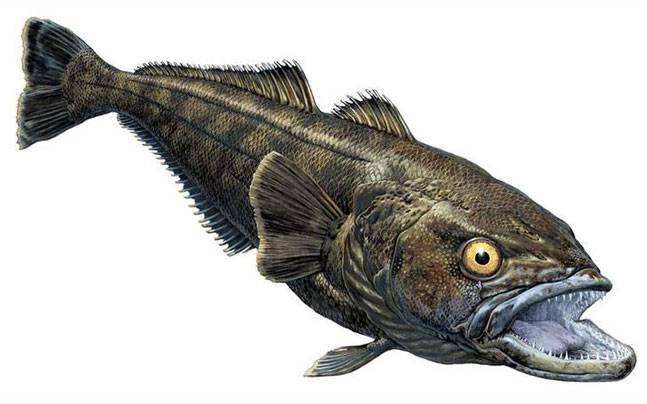Researchers have discovered two new fossil fish species that could swing the jaws open extra wide, like a parachute, from the Cretaceous Period, about 92 million years ago, when dinosaurs roamed the planet.These fossil fish species of the genus called Rhinconichthys were estimated to be more than 6.5 feet long and fed on plankton.
Rhinconichthys are exceptionally rare, known previously by only one species from England, said one of the study authors Kenshu Shimada, paleobiologist at DePaul University in Chicago, US.
But a new skull discovered in Colorado, US, along with the re-examination of another skull from Japan have tripled the number of species in the genus with a greatly expanded geographical range.
These new species have been named R. purgatoirensis and R. uyenoi, respectively.
“Based on our new study, we now have three different species of Rhinconichthys from three separate regions of the globe, each represented by a single skull,” Shimada noted.
The findings will appear in the forthcoming issue of the journal Cretaceous Research.
Rhinconichthys belongs to an extinct bony fish group called pachycormids, which contains the largest bony fish ever to have lived. The new study specifically focuses on highly elusive forms of this fish group that ate plankton.
Rhinconichthys had a highly unusual specialization for bony fish.
One pair of bones called hyomandibulae formed a massive oar-shaped lever to protrude and swing the jaws open extra wide, like a parachute, in order to receive more plankton-rich water into its mouth, similar to the way many sharks open their mouth, Shimada said.
Courtesy: India today.
Key: WFS,Riffin T Sajeev,Russel T Sajeev,World Fossil society



 February 9th, 2016
February 9th, 2016  Riffin
Riffin 
 Posted in
Posted in  Tags:
Tags: 